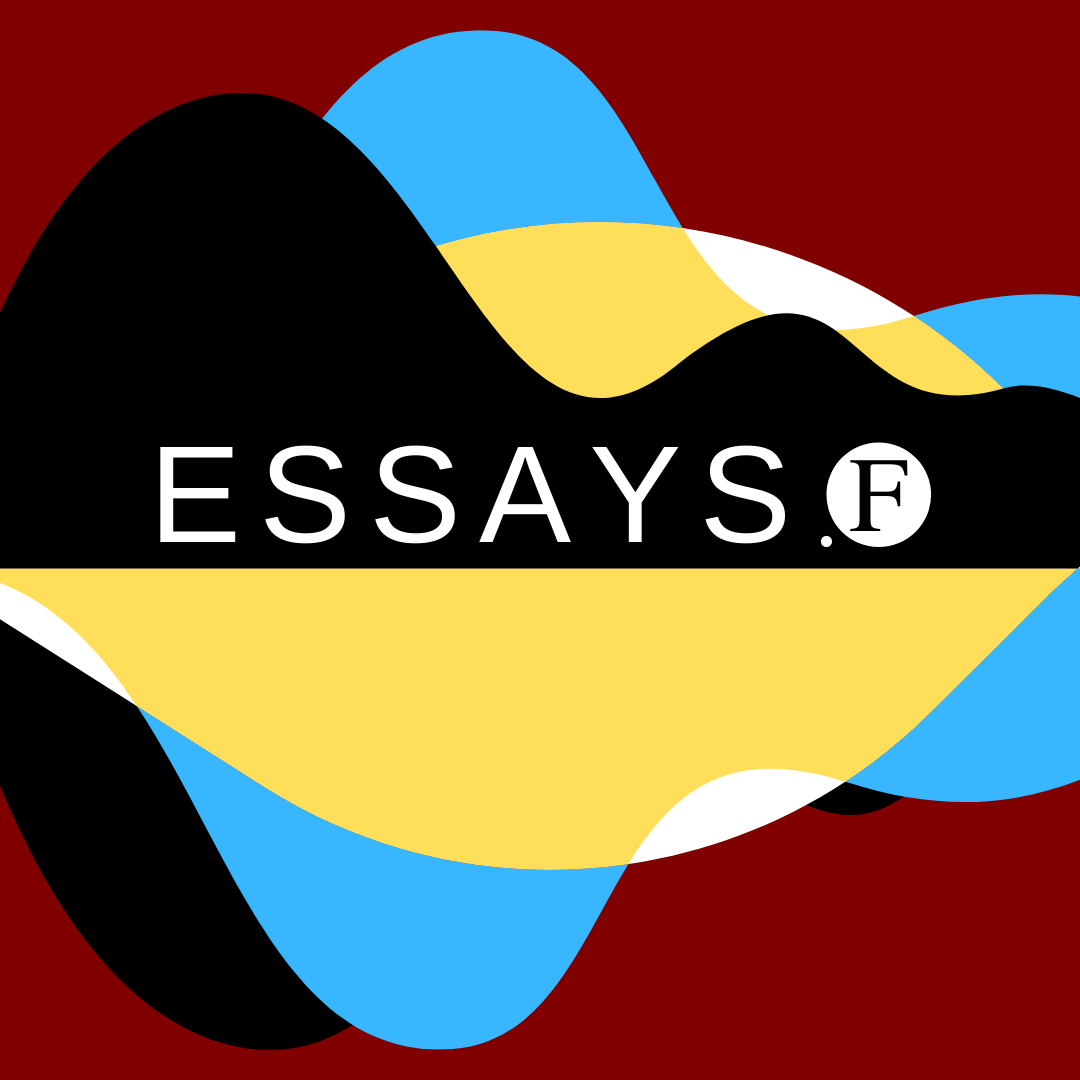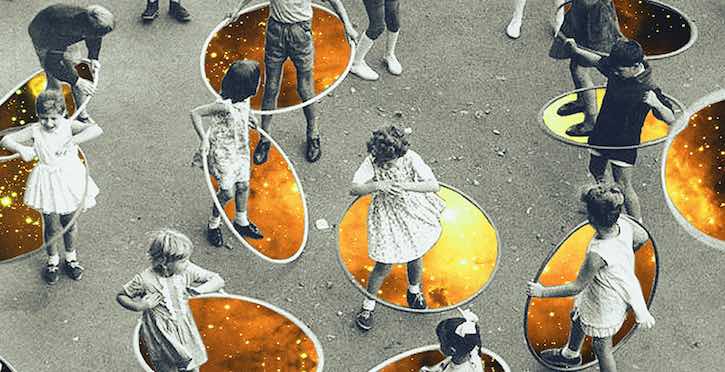Genetic Fallacies?
Reuven Brandt on anonymity and mitochondrial donation
Much ethical debate has surrounded the UK’s recent decision to permit the use of mitochondrial transfer techniques in human subjects. What makes mitochondrial transfer ethically controversial is that while mitochondria are organelles found in the cytoplasm of cells, they contain their own DNA that is distinct from the DNA found in the nucleus of cells. Consequently, the children created following mitochondrial transfer end up inheriting DNA from three individuals—the mitochondrial donor as well as the individuals who provide the usual maternal and paternal contributions of DNA.
The media’s treatment of the subject has tended to focus on whether mitochondrial transfer techniques are a kind of genetic modification that we should eschew on principle, and whether the creation of so-called ‘three-parent babies’ is the thin-edge-of-the-wedge into an era of wide-spread human genetic engineering. While these are indeed interesting and important questions, here I want to focus on a more narrow policy question given that mitochondrial transfer has been approved for human use in the UK. That question is whether mitochondrial donors ought to be considered akin to gamete donors (donors of sperm and eggs whose nuclear DNA is passed on to offspring) when it comes to children’s right to access identifying information about their ‘genetic’ parents.
While UK law permits children created using donor gametes to apply for access to identifying information about their donor(s) once they reach 18, no such right has been extended to information about mitochondrial donors. I think that this decision to permit anonymous mitochondrial donation is the right way to go—for the record, I also think that anonymous sperm and ova donation should be permitted, but that is a separate issue. However, I also think that the arguments offered in its defence have been rather weak. After briefly explaining why I take issue with the arguments in favour of anonymous mitochondrial donation that have been offered so far, I will then offer some reasons for why we are justified in treating mitochondrial donation differently than gamete donation when it comes to anonymity. Before getting to the arguments though, I will first give a bit of background biology that will help illustrate why the question of donor anonymity arises in the first place.
While most of our DNA resides in the nucleus of our cells, a small portion (37 of the approximately 30,000 genes that makeup the human genome) resides in mitochondria. Whereas nuclear DNA is almost identical in all cells of the body, individuals can have multiple different mitochondrial genomes, even in the same cell. The ratio of different mitochondrial variants can differ from cell to cell. Additionally, while an individual’s nuclear DNA is a mix of paternal and maternal nuclear DNA, individuals’ mitochondrial DNA is made up from the particular mix of mitochondrial genomes found within the mitochondria of the ovum from which they developed. Consequently, mitochondrial DNA inheritance is strictly maternal, but offspring can have a different ratio of mitochondrial DNA variants than their mothers, depending on the distribution of mitochondrial variations present in a particular ovum.
We might think that mitochondrial donors are somewhat similar to gamete donors because they pass on some of their DNA to the children they help create, and this mitochondrial DNA can in turn be passed along to future generations—at least in the case of female offspring. If the legal right to know identifying information about one’s progenitors is grounded in genetic relatedness, then there seems to be a prima facie case to treat mitochondrial donors like gamete donors with respect to anonymity.
Proponents of mitochondrial donor anonymity (for example, the Human Fertilisation and Embryology Authority (HFEA) and the Nuffield Council on Bioethics) have advanced two principle arguments for why anonymity should be permitted in the case of mitochondrial donation, even though it is not permitted in the case of sperm and egg donation. The first is that the DNA in mitochondria does not encode resemblances in personal characteristics between donor and resultant child, and the second is that mitochondrial donation does not establish a unique genetic link between donor and progenitor. However, both these justification are vulnerable to serious objections.
First, consider the claim about resemblances between mitochondrial donors and resultant offspring. While neither the HFEA or the Nuffield Council offer a clear definition of ‘personal characteristics’, we can safely presume that certain traits, like those effecting personality and behaviour, would likely count. The strength of this first argument thus rests on what the biological sciences say about the role mitochondrial DNA plays in the development and transmission of these traits.
Though our understanding of the role mitochondria play in complex traits (like personality, cognitive ability, and so on) is in its infancy, there is some evidence suggesting that mitochondrial DNA may influence extraversion, susceptibility to certain degenerative neurological disorders, and susceptibility to certain psychiatric disorders. To be clear, I am not suggesting that there is definitive evidence that mitochondrial DNA is involved in these characteristics, only that it is still very much an open question. If it turns out that mitochondrial DNA is in fact important in the development of complex traits, then mitochondrial donation may very well result in certain resemblances between donors and their offspring. My chief worry about this argument then is that it rests on empirical claims about the phenotypic effects of mitochondrial DNA that remain to be settled.
The second argument, that anonymous mitochondrial donation is permissible because no unique genetic connection is established between donor and offspring, suffers from a theoretical weakness rather than an empirical one. No definition of ‘unique genetic connection’ is provided, but presumably what the Nuffield Committee has in mind is something like the following: since mitochondrial DNA is strictly maternally inherited, all of a mitochondrial donor’s close maternal relations will have very similar mitochondrial DNA. Consequently, any child that receives mitochondria from a donor in fact receives particular mitochondrial DNA that is common to individuals other than the donor.
The chief problem with this argument is that it seems that lack of a unique genetic connection does not alter any right to access identifying information about a genetic progenitor. For instance, imagine that a sperm donor is one of a set of monozygotic (identical) triplets. Any nuclear DNA that subsequent child inherits from this donor is also common to the donor’s monozygotic siblings; however, this does not seem to diminish the child’s right to identifying information about the donor. It would seem wrong to give most donor-conceived children access to identifying information about their gamete donor, while denying this information to donor-conceived children whose donor happens to have a monozygotic sibling.
Though these two arguments do not succeed in showing that we ought to treat mitochondrial donors differently from gamete donors when it comes to anonymity, we can still be consistent while permitting anonymous mitochondrial donation but not anonymous gamete donation. This is because many of the arguments advanced against donor anonymity in the case of gamete donation do not equally apply to mitochondrial donation. Though I cannot go through all the arguments here, I think the following examples are sufficient to shift the burden of proof to those who think that anonymity should not be permitted in mitochondrial donation.
First, consider David Velleman‘s claim that contact with one’s genetic relations is important because crucial self-knowledge is gained through contact with those whom we resemble. On his view, disclosure of identifying information would be important as a (perhaps distant) ‘second best’ to being raised by one’s genetic parents because it at least offers an avenue for children to attempt to initiate contact with their progenitors later in life. Even if we grant Velleman his controversial view about self-knowledge and genetic ties, there is still reason to the think the case for disclosure is much weaker in the case of mitochondrial donation. This is because even though mitochondrial DNA may result in resemblances that are important to self-knowledge, the majority of inherited traits are likely transmitted via nuclear DNA. Furthermore, children created using donor mitochondrial DNA are likely to be raise by their nuclear DNA progenitors—the main purpose of mitochondrial donation, after all, is to allow women to have genetically related children while minimizing the risk of transmitting mitochondrial disease to their offspring. Consequently, a child created using donor mitochondria will likely still develop intimate relationships with the genetic progenitors responsible for the vast majority of their inherited traits. Given that there is less of a loss of the crucial good—namely, self-knowledge—it may well be the case that other interests, such as those of the intending parents and mitochondrial donors themselves, supersede the interests of children to have access to identifying information about their donor.
Second, if we think that any harms that might arise from lack of knowledge about one’s genetic progenitors are socially constructed rather than grounded in biological facts, there are also reasons to think that there will be substantial asymmetries between gamete donation and mitochondrial donation. Consider that up until recently it has not been possible to separate the transmission of the maternal complement of nuclear DNA from the transmission of mitochondria, nor has any importance been traditionally placed on mitochondrial inheritance. Both the HFEA and Nuffield reports, for example, state that mitochondrial donation ought to be seen as different in kind from standard gamete donation when it comes to disclosure of information. By contrast, in the West, rearing arrangements that involved individuals other than a gestational mother and the child’s genetic father carried with them certain stigmas for both the parents (for example, shame and condemnation associated with reproduction outside of marriage) and child (for example, illegitimacy, and its legal and social consequences). It is thus unclear whether any socially constructed desire ‘to know’ and related frustration and distress some children created via donor gametes experience will equally arise in children created via donor mitochondria. We cannot simply assume that the experience of children created via anonymous mitochondria donation will parallel that of children created as a product of anonymous gamete donation. Consequently, arguments against anonymous gamete donation that are based on the emotional distress reported by children who have a deep desire ‘to know’ cannot be extended a priori to anonymous mitochondrial donation.
What I hope I have managed to show is that while two influential arguments offered in favour of mitochondrial donor anonymity are not fully convincing, there other reasons to think that we can permit mitochondrial donor anonymity while at the same time reject anonymity in gamete donation.
Image credit: Andy Leppard, ‘DNA Representation‘
The Source Code
This essay is based on the article ‘Why Disclosure of Genetic Ancestry in Misattributed Paternity Cases Should Be Treated Differently from Disclosure in Adoption and Gamete Donation’ by Reuven Brandt, published in the American Journal of Bioethics.






